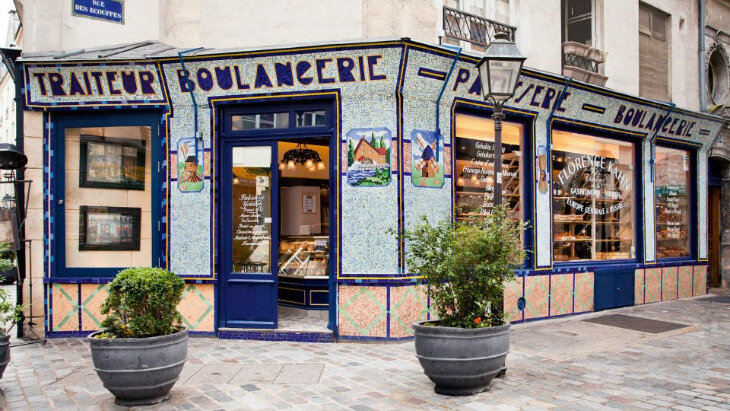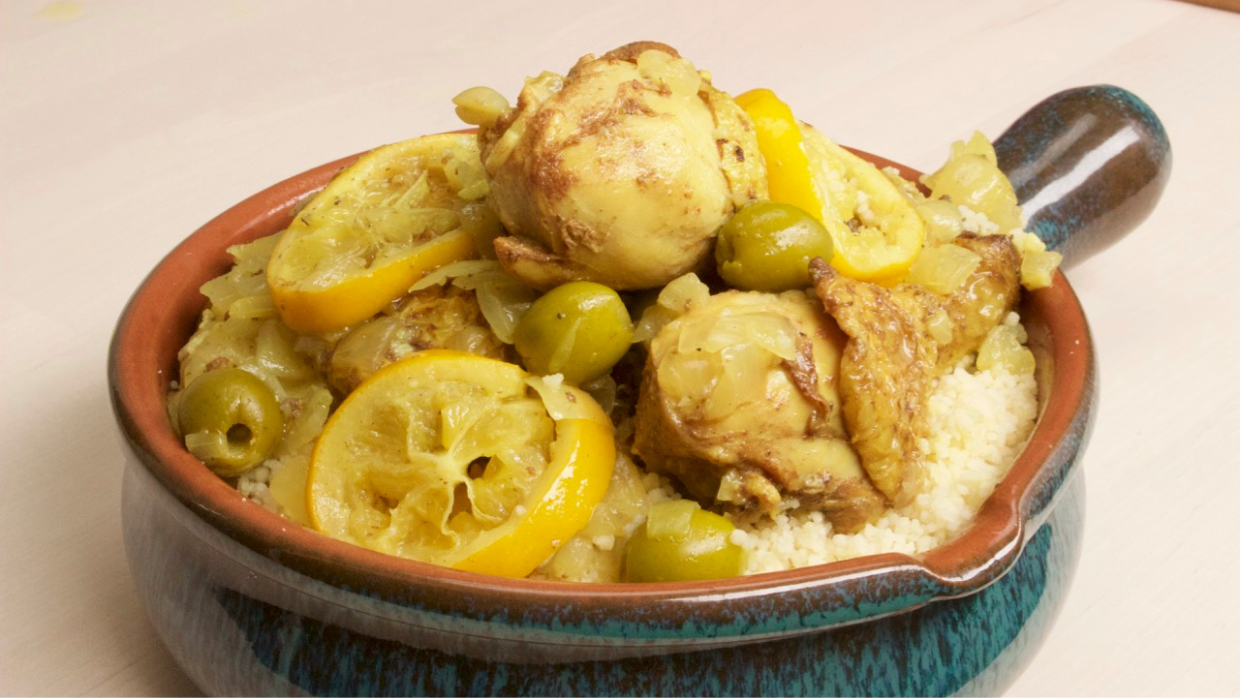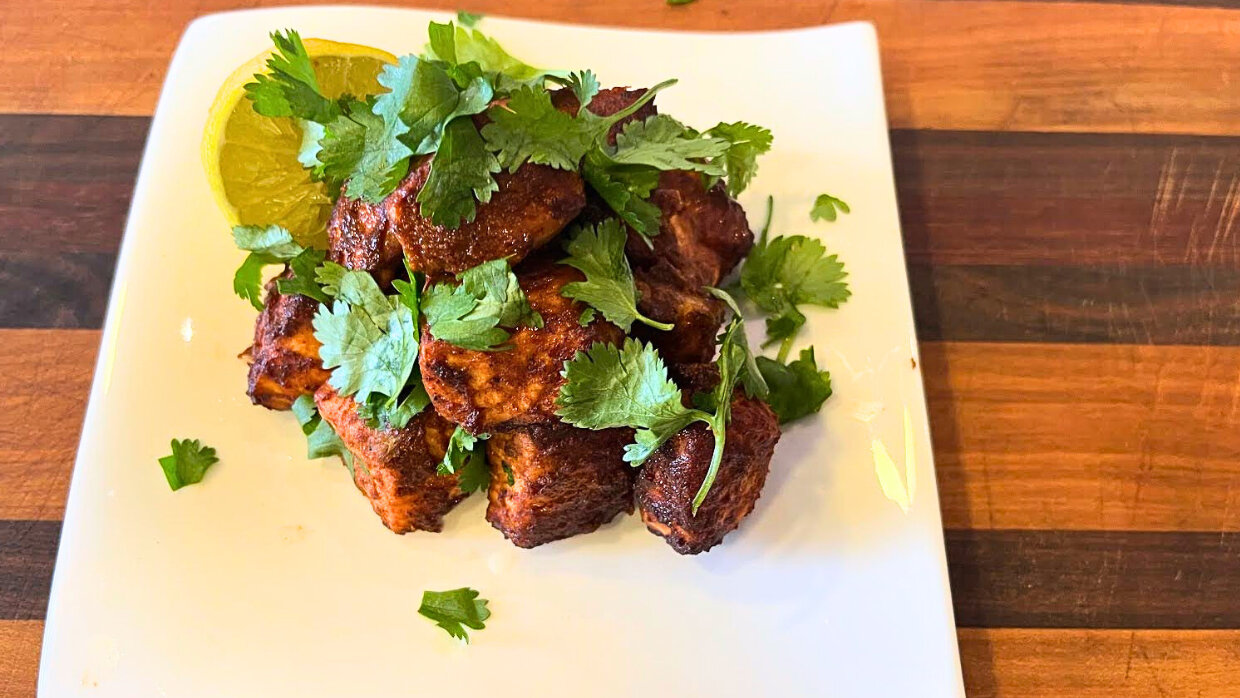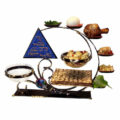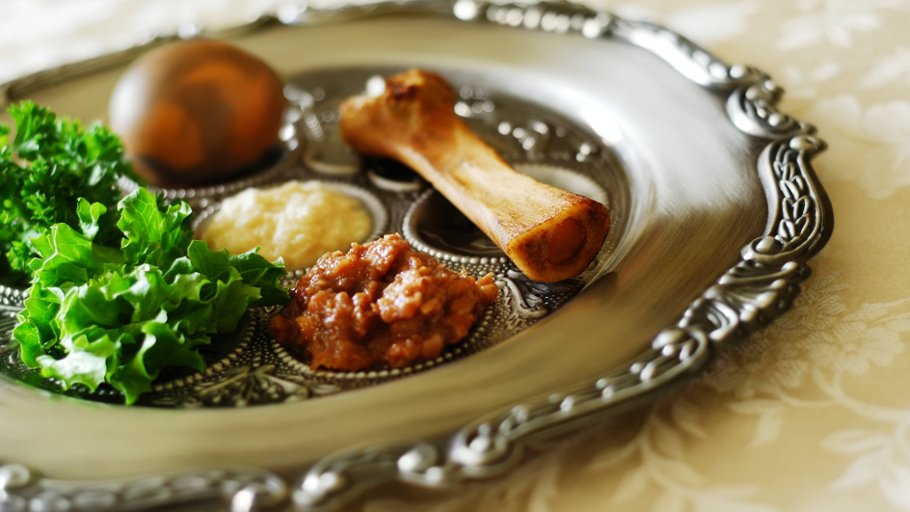Flour, salt, yeast, water, oil, onions, and poppyseeds. Welcome to the gloriously simple pletzel.
There’s a heartening resurging interest in traditional Ashkenazi Jewish dishes. I’m thinking of the simple, everyday variety that are relatively easy to make––even for newborn home cooks who needed a pandemic to work up the courage to get into the kitchen. These aren’t the babkas or holiday briskets that can easily eat up an entire afternoon or more. They’re the pickles, the kasha varnishkes, and haluskis of the Ashkenazi culinary universe––a universe that deserves as much exploration as the Marvel variety. (Black Widow is the Black-and-White Cookie.)
These are recipes you can whip up on a busy weekday evening that give you a little more cultural grounding than ordering a takeaway box filled with nothing more than calories for the sake of calories––the human equivalent of plugging in your phone to charge. (Not that there’s anything wrong with a simple recharge every now and again.)
A traditional dish that hasn’t quite yet made the leap from history to the front pages of Jewish Instagram feeds and cookbooks is the pletzel. I can’t for the life of me understand why not. A pletzel is simply a flatbread with onions and poppyseeds. I’ve just named three of the most popular foods in Ashkenazi Jewish cuisine: bread, onions, poppy seeds (at least when it comes to bagels).

This is a dish that predates the introduction of tomatoes to European diets in the 16th Century. In lieu of tomatoes, the thin pile of onions on the bread is the sweet star of the show gracing the cover of your Pletzel Playbill. Indeed, the sweet scent of onions will fill your kitchen and stretch across your abode like a plug-in air freshener when baking this dish. (Call me if you want to talk, Febreze.)
I first came to the pletzel myself during a trip to Paris’ historically Jewish Marais neighborhood. “Pletzel” or “פּלעצל” means “little square” in Yiddish, as in, the little square where Parisian Jews lived. The Pletzel of Paris sits in the Marais, outlined by narrow cobblestone streets and colorful storefronts. The story of 19th-century Ashkenazi Jews fleeing persecution from Russian pogroms to the relative safety of Paris is told on a plaque at the corner of Rue Des Rosiers and the Rue Ferdinand Duval. The Parisian Pletzel continued to be a draw for Jewish immigrants across the Austro-Hungarian empire throughout the early 20th Century.
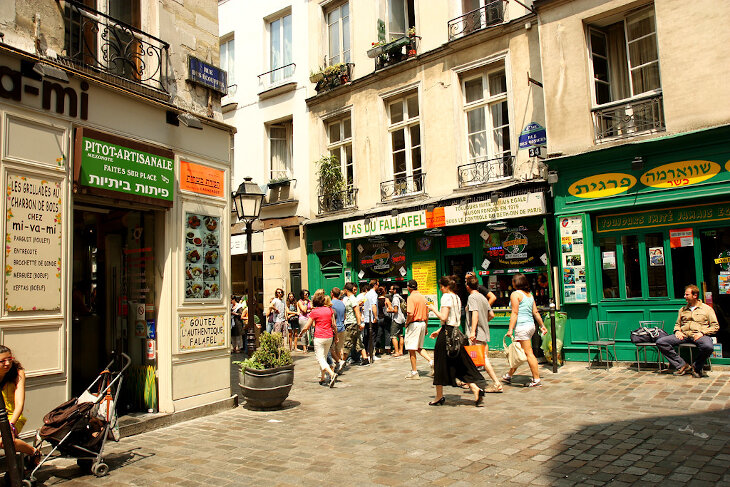 Source: "L'As du Falafel" by Andrea Schaffer is licensed under CC BY 2.0.
Source: "L'As du Falafel" by Andrea Schaffer is licensed under CC BY 2.0.
Today, the Pletzel is a multiverse (Marvel call back!) vision of Jewish life left relatively undisturbed by history. Hebrew letters are prominent on storefronts, Orthodox Jewish men mosey down the street with their tzitzit swaying with each step, and a number of Jewish bakeries and kosher restaurants continue to draw long lines of loyal customers. All that’s missing from the wholesome ambiance is Mandy Patinkin singing Jewish blessings to his dog. (Can that be a movie?)
I myself came for Florence Kahn’s eponymous bakery. Kahn’s work first caught my eye in the cookbook section of my Berlin bagel spot, Fine Bagels. The book, Yiddish Cuisine: Authentic and Delicious Jewish Recipes, is a collection of Kahn’s take on traditional Jewish recipes. But I knew nothing of pletzels––neither the neighborhood nor the bread––when I arrived outside of her bakery on a crisp fall afternoon.
I joined the line, rehearsing a handful of useful French phrases. The last thing I wanted was to stumble at the front of the line and blow my visit by panic-ordering the first thing I spotted.
Of course, that’s precisely what happened. Fortunately the first thing I spotted was Kahn’s pletzel sandwich––a sabich-style bread layered with onions and poppy seeds, stuffed with cucumbers, eggplants, pickles, red peppers, and tomatoes. I devoured every last crumb in a flurry of Tasmanian Devil bites.
View this post on Instagram
This is the meat version.
The aftertaste of that sandwich followed me back home to Berlin. I did some research (Google with strategically placed quotes) and learned more about the historic pletzel bread. I never had one before. Kahn’s was the sequel to the original I never knew existed. I started with The Empire Strikes Back and found myself craving the original dish––the simple flatbread of our shtetl ancestors smothered in onions and poppyseeds. Nothing more, nothing less.
Given its simplicity, recipes from Joan Nathan to Zabars are virtually the same. There are differing opinions on sautéing the onions before adding them to the bread or leaving them as is. But that’s about it. In the end, I used my challah dough recipe using honey and white wholewheat flour for a richer flavor. As much as I’m prone to overthinking things––is that cough an early warning sign of a debilitating disease?––I resisted the urge.
I find that pletzel works best as something on the side or as an appetizing snack. (Case in point, I noshed on pieces of the one in the photo while writing this.) Halve the recipe if you just want one pletzel of about eight pieces––plenty for two people over a couple of days.
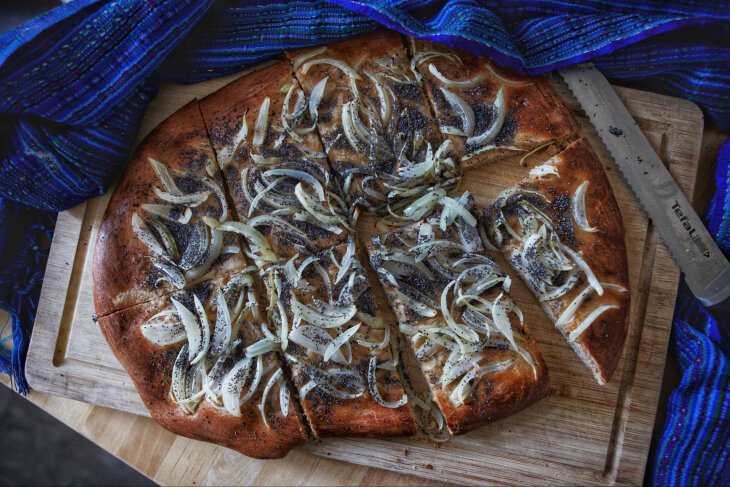
Main Image Source: Florence Kahn Bakery





